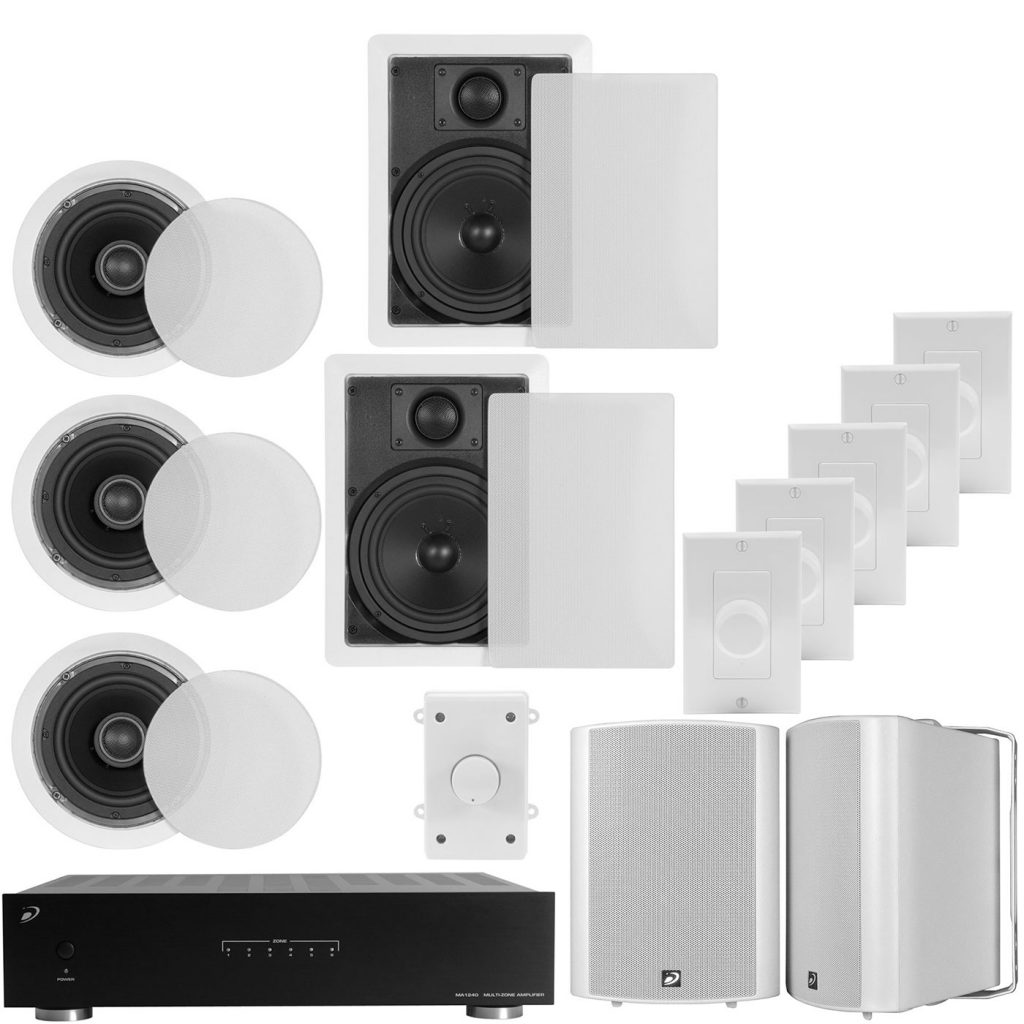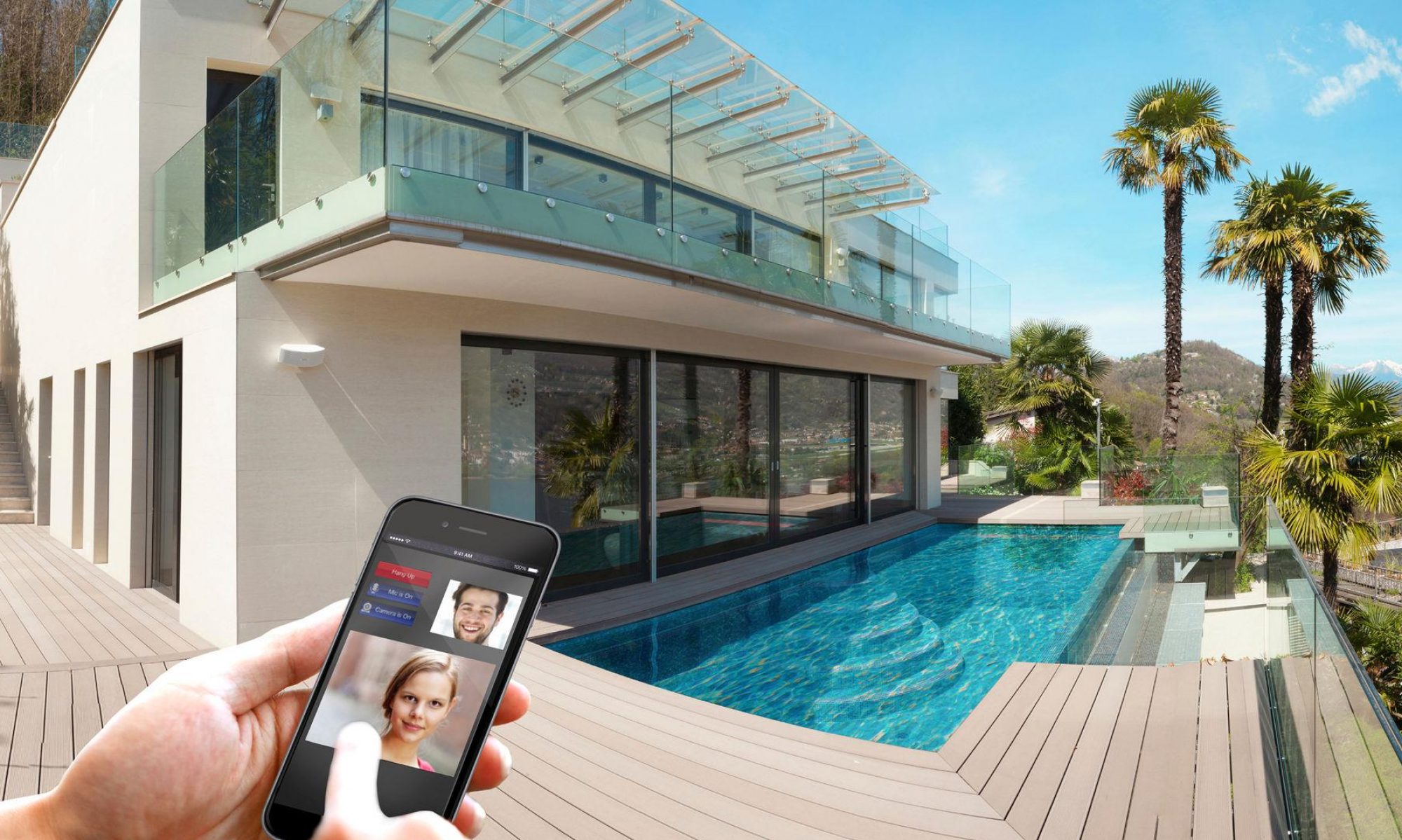Restaurants, fitness centers, office buildings and many other businesses rely on a specific kind of sound system. These systems are referred to as “distributed audio systems.” Other names are used to refer to these systems as well, including “70-Volt Systems” and “Constant Power Systems.”
Distributed audio systems can be as small or large as you need them to be. You can install your own system if you’re comfortable with basic speaker wiring techniques. It’s important to pay attention to details. You must make sure the power rating of your chosen amplifier can safely run the speakers in your system and this is where Integrated Kontrols team plays its part.
Larger-scale systems often require more involved wiring schemes and heavy-duty construction. Distributed audio systems must be designed to suit individual needs. In order to determine what equipment will be necessary to create a system, we must first determine the requirements of the installation. There are three basic types of distributed audio systems:
Background
Foreground
A combination of the two
Quiet office buildings and recreation centers generally require soft background music, with the ability to page. This is an example of a background system. clubs, performance venues and loud restaurants need the ability to turn up the volume, and thus require a foreground system. Basically, a background system is restricted to only providing low volume levels. A foreground system has the ability to provide louder volumes.
Health clubs commonly require loud background music in the treadmill area, quiet ambient music in the yoga room and perhaps even promotional material looping in the reception area. They also need the ability to page members and trainers throughout the gym. This is an example of having the need for a combination of the two types of systems.


